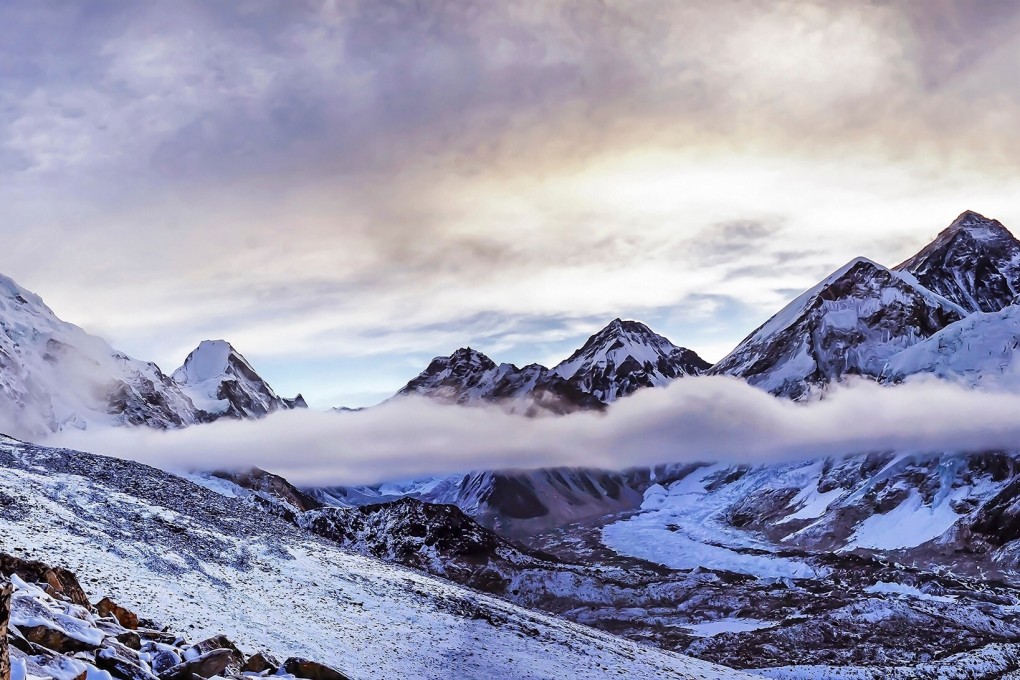Review | Himalaya: A Human History looks beyond the stereotypes harboured by the West
Mountaineer and writer Ed Douglas takes readers deep into the cultural make-up of a vast, rich, misunderstood region

Himalaya: A Human History by Ed Douglas, W.W. Norton & Co. 3/5 stars
“We’re just about to walk off the map,” George Mallory wrote in a 1921 letter from a reconnaissance trip to Everest, the mountain the British explorer would die on while attempting to summit in 1924 (or possibly having done so). Mallory was seeking an elegant phrase to convey his sense of the remoteness of this place, but the idea of the Himalaya as an inaccessible, unknown landscape has long been a trope of Western writing on the mountain range.
In Himalaya: A Human History, mountaineer and writer Ed Douglas attempts to overturn that stereotype. “It’s not that the Himalaya is an intellectual blank on the map: there’s a wealth of scholarship on every aspect of life there,” he writes. “It’s more that myths and legends about the Himalaya continue to dominate popular culture, insulating the West from using that scholarship to create a wider understanding of the region.”
Douglas’ ambition with this book is to bridge the consequent gap of understanding, and people this “blank” landscape with those who have lived in, ruled, fought over, visited, traded with and, yes, climbed mountains in, the Himalaya.

As a result, the narrative scope of this 500-plus-page book is, chronologically and geographically, hugely ambitious. The mountain range covers 600,000 sq km, a long and narrow curve arcing across five countries: China, Nepal, India, Bhutan and Pakistan.